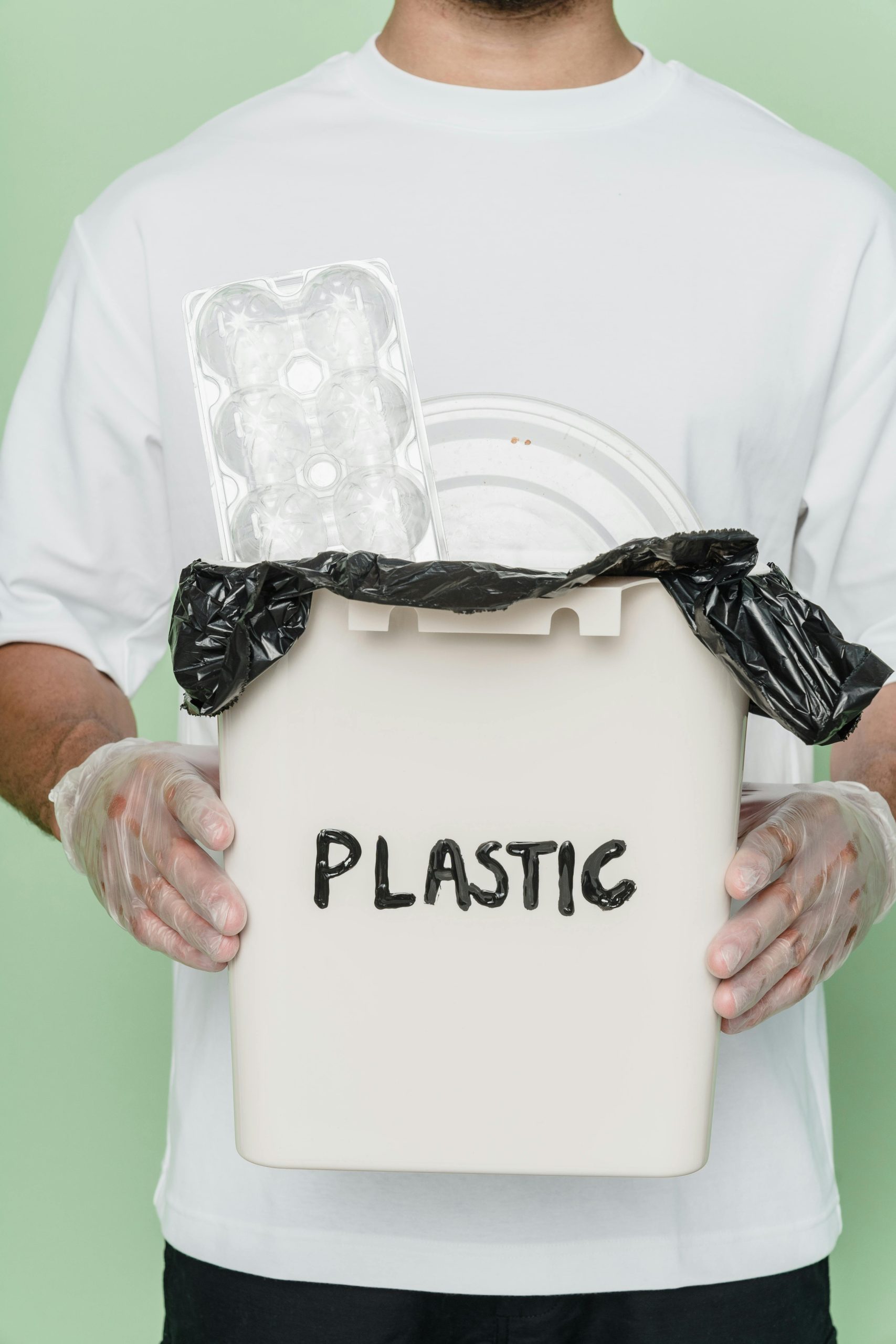PLASTIC RECYCLING
Understanding your plastic codes:
Recycling 101
Understanding plastic codes and being aware of your local city council's recycling guidelines is crucial for effective waste management and environmental sustainability.
Plastic codes, indicated by the numbers inside the recycling triangle, help identify the type of plastic, which influences its recyclability. By knowing these codes, residents can make informed decisions about which items can be recycled and which cannot, thus reducing contamination in recycling streams.
This awareness not only aids in proper recycling practices but also encourages the responsible use of plastics and supports local recycling programs. Ultimately, being informed contributes to a healthier environment by minimising landfill waste, conserving resources, and promoting a circular economy where materials are reused and repurposed effectively.
Plastic Recycling Codes
In Australia, each plastic code corresponds to a specific type of plastic, and understanding these codes can significantly enhance recycling efforts. The codes, ranging from 1 to 7, include:
Polyethylene Terephthalate (PET or PETE): Commonly found in drink bottles and food containers, PET is widely recycled. Rinse and place in the recycling bin.
High-Density Polyethylene (HDPE): Used for milk bottles, detergent bottles, and some plastic bags, HDPE is also easily recyclable. Ensure it’s clean and dry before recycling.
Polyvinyl Chloride (PVC): Typically found in pipes, clear food packaging, and shrink wrap, PVC is less commonly recycled. Check local guidelines as many councils do not accept it.
Low-Density Polyethylene (LDPE): Found in shopping bags and some food wraps, LDPE can sometimes be recycled but often requires special collection points. Check local facilities for options.
Polypropylene (PP): Used in items like yogurt containers and straws, PP can be recycled in some areas but may not be accepted in regular bins. Always check with your local council.
Polystyrene (PS): Often found in disposable coffee cups and takeaway containers, PS is rarely accepted in recycling bins and is better off avoided where possible.
Other (Various plastics, including bioplastics): This category includes different types of plastics, such as acrylic or nylon, and recycling options vary widely. Always consult your local guidelines for specific instructions.
By familiarising yourself with these codes and adhering to your local recycling rules, you can contribute to a more efficient recycling system and help reduce waste in landfills.




